
Scientists from The Scripps Research Institute have discovered that proteinaceous infectious particles (prions) are capable of Darwinian evolution. The breakthrough study, published in Science, shows that prions can develop large numbers of mutations at the protein level and, through natural selection, these mutations can eventually bring about such evolutionary adaptations as drug resistance, a phenomenon previously known to occur only in bacteria and viruses.
“On the face of it, you have exactly the same process of mutation and adaptive change in prions as you see in viruses,” said Charles Weissmann, who led the study. “This means that this pattern of Darwinian evolution appears to be universally active. In viruses, mutation is linked to changes in nucleic acid sequence that leads to resistance. Now, this adaptability has moved one level down – to prions and protein folding – and it’s clear that you do not need nucleic acid for the process of evolution.”
Infectious prions are associated with some 20 different diseases in humans and animals, including mad cow disease and a rare human form, Creutzfeldt-Jakob disease. All these diseases are untreatable and eventually fatal. Prions, which are composed solely of protein, are classified by distinct strains, originally characterized by their incubation time and the disease they cause. Prions have the ability to reproduce, despite the fact that they contain no nucleic acid genome.
Mammalian cells normally produce cellular prion protein (PrPC). During infection, abnormal or misfolded protein (known as PrPSc) converts the normal host prion protein into its toxic form by changing its conformation or shape. The end-stage consists of large assemblies (polymers) of these misfolded proteins, which cause massive tissue and cell damage.
Weissmann’s work involved transferring prion populations from infected brain cells to culture cells. When transplanted, cell-adapted prions developed and out-competed their brain-adapted counterparts, confirming prions’ ability to adapt to new surroundings, a hallmark of Darwinian evolution. When returned to brain matter, the brain-adapted prions again took over the population.
To explore the issue of the evolution of drug resistance, Weissmann and his colleagues used the drug swainsonine, which has been shown to inhibit certain prion strains. In cultures where the drug was present, the team found that a drug-resistant sub-strain of prion evolved to become predominant. When the drug was withdrawn, the sub-strain that was susceptible to swainsonine again grew to become the major component of the population.
The findings have major implications for the development of therapeutic targets for prion diseases. Weissmann suggests that instead of developing drugs to target abnormal proteins, it could be more efficient to try to limit the supply of normally produced prions – in essence, reducing the amount of fuel being fed into the fire.
The study also shows that prion variants constantly arise in a particular population. These variants, or “mutants”, are believed to differ in the way the prion protein is folded. As a consequence, prion populations are, in fact, comprised of multiple sub-strains.
Weissmann says this demonstrates the evolutionary concept of quasi-species. This idea was first conceived by Manfred Eigen, a German biophysicist who won the Nobel Prize in Chemistry in 1967. A quasi-species is a complex, self-perpetuating population of diverse and related entities that act as a whole. It was Weissmann, however, who provided the first confirmation of the theory through the study of a particular bacteriophage while he was director of the Institut f�r Molekularbiologie in Z�rich, Switzerland.
“The proof of the quasi-species concept is a discovery we made over 30 years ago,” he said. “We found that an RNA virus population, which was thought to have only one sequence, was constantly creating mutations and eliminating the unfavorable ones. In these quasi-populations, much like we have now found in prions, you begin with a single particle, but it becomes very heterogeneous as it grows into a larger population. We know that mutation and natural selection occur in living organisms and now we know that they also occur in a non-living organism. I suppose anything that can’t do that wouldn’t stand much of a chance of survival.”
Related:
Scientists create species-jumping hybrid prions
Prehistoric Prion Disease Epidemics Widespread
Memory Linked To Mad Cow Mechanism
Knocking on the door of life: Self-replicating RNA synthesized

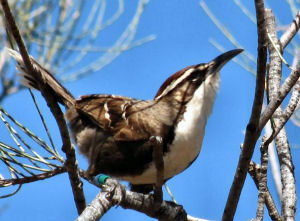

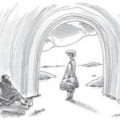
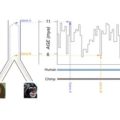
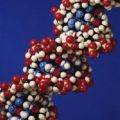
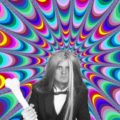

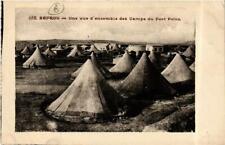
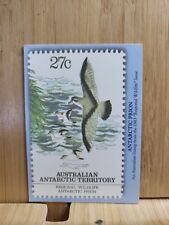
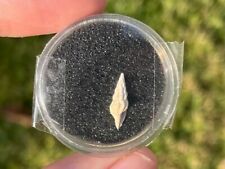


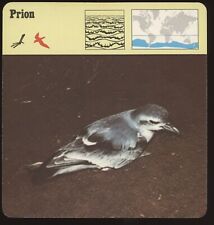

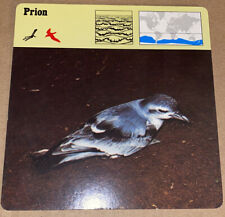


Comments are closed.